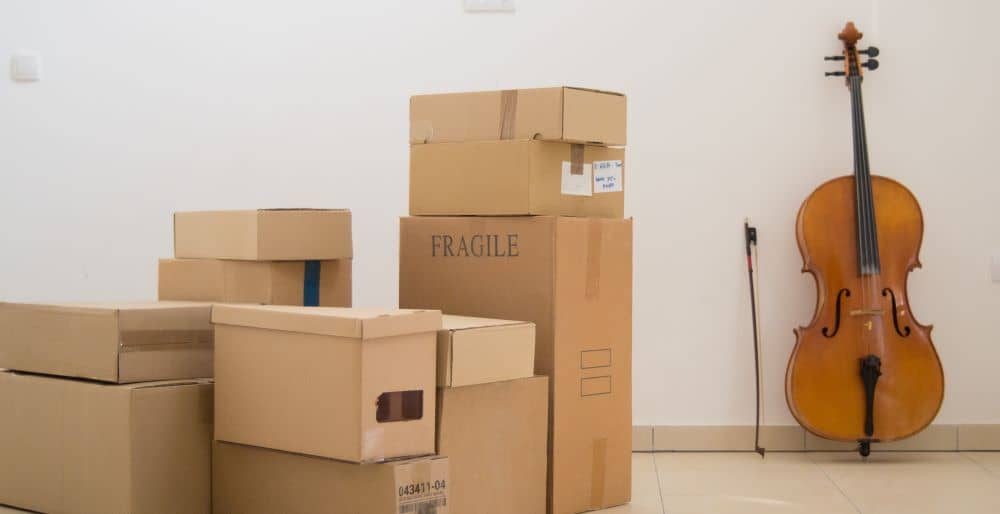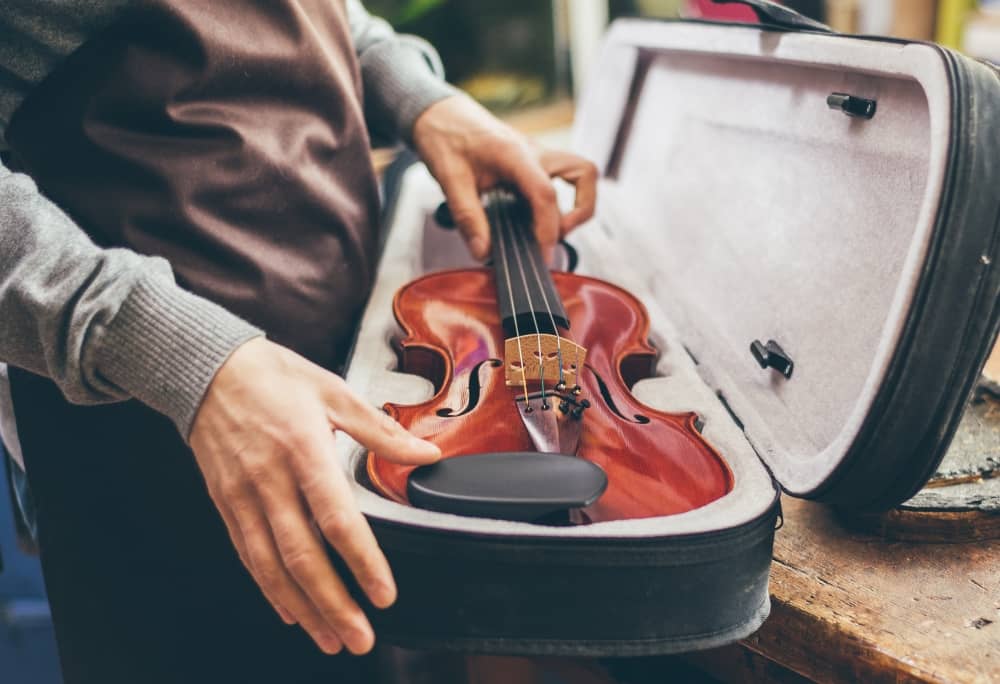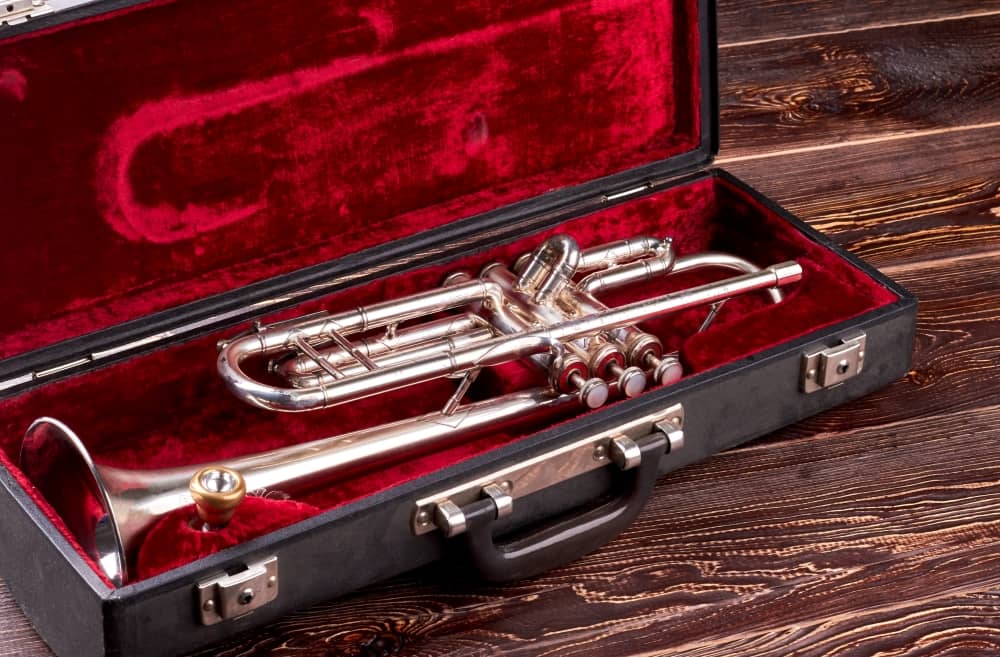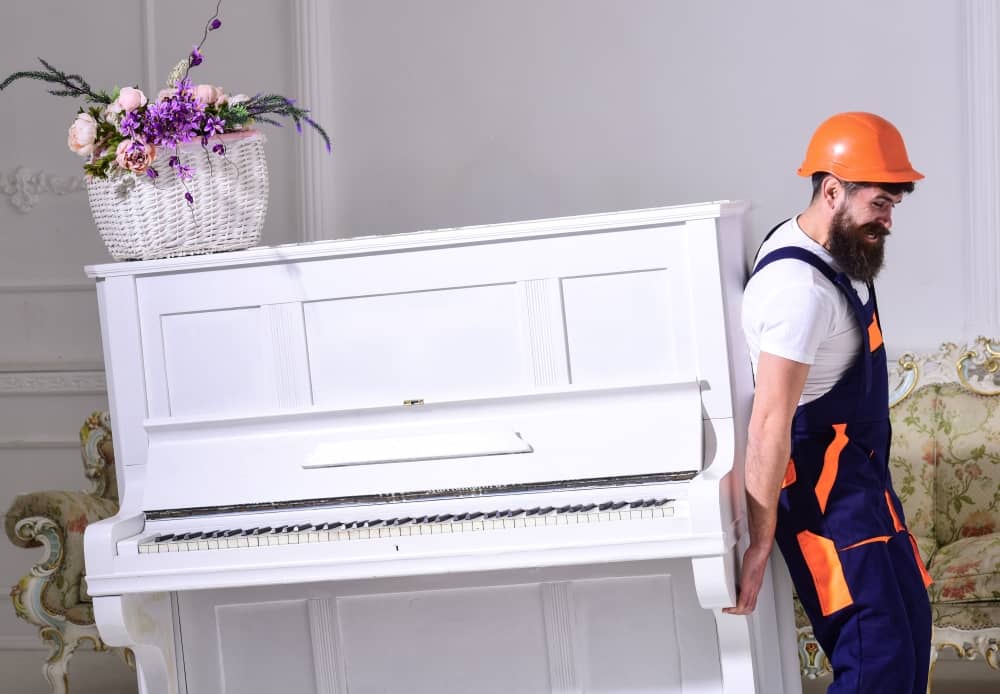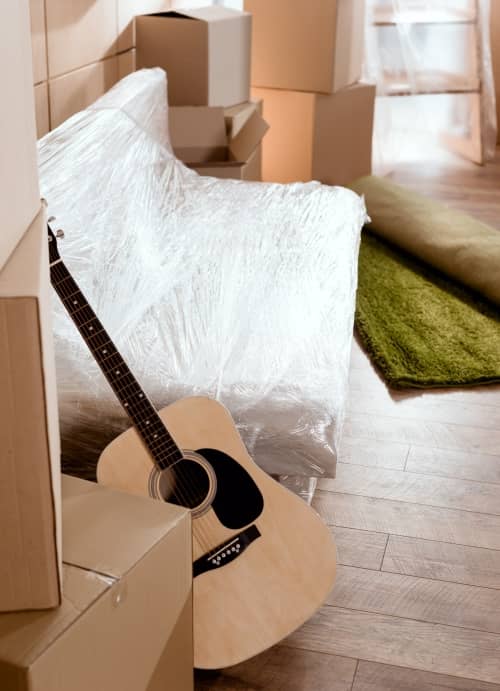Packing for a move is an activity many people would happily avoid. At the same time, packing your belongings on your own is the most cost-effective choice. You also know what items are precious family keepsakes and which are not beloved treasures. So, it is often worth the time and effort to be sure wrapping and packing are done to your liking.
The need for careful wrapping and packing increases if you own one or more instruments. Musical instruments of all types are fragile. Balancing the correct tension and stress is further complicated by humidity and the great potential for shaking and dropping. Moving an instrument is serious business.
If you intend to pack and move an instrument, please keep in mind these expert tips to keep everything safe:
Classical Stringed Instruments
Classical stringed instruments such as violins, cellos, or violas are among the most delicate of all instruments and should be handled with extreme care when preparing for a move.
- Loosen the strings to reduce the pressure on the neck, especially if you have less than ideal climate conditions. You should loosen the hair on the bow to protect it as well.
- Wrap the instrument in a soft cloth before placing it into its hard-sided case.
- There is no substitute for a good case for classical stringed instruments. They are easily damaged by jostling, humidity changes, or temperature fluctuations.
- If you do not have a professional case, you should wrap the entire instrument in plastic. A dry-cleaning bag or a large trash bag would work as wrapping material.
- Seal the plastic wrapping with tape.
- Wrap the instrument in bubble wrap and be generous.
- Use air pillows and bubble wrap at the bottom of the box to make a cushioned resting space.
- Surround the instrument with enough crumpled paper to prevent movement.
Other Stringed Instruments
Even though classical stringed instruments are more delicate, be sure to handle other stringed instruments with great care.
- Loosen the strings to avoid undue pressure on the neck.
- Adjust the keys, so they are aligned with the headstock.
- Wrap the instrument with a thick layer of plastic and tape it securely.
- If you have a case for it, then place it inside the case and fill any extra spaces with crumpled paper to prevent shifting.
- It would be best to purchase a case specifically made for the instrument.
Brass Instruments
Moving brass instruments requires a delicate touch and plenty of wrapping material.
- Be sure to remove the mouthpiece and wrap it separately.
- Carefully disassemble the instrument and wrap each piece in plenty of bubble wrap. For smaller pieces, wrap and then place in zip-top bags to keep pieces from being misplaced.
- Ideally, the instrument will go into its hard side case. If you do not have a case for your brass instrument, line a sturdy box with layers of air pillows for a cushioning effect. Once the instrument is inside, fill all the spaces so no movement is possible.
- If you anticipate moving your instrument often, consider investing in a case made for your piece. This will offer you the best protection against damage.
Woodwind Instruments
While woodwind pieces are a bit sturdier than some of the other types, even the slightest bit of damage can ruin the instrument’s sound.
- Take the instrument apart and wrap each piece separately in bubble wrap
- Pack securely in the hard-sided case adding crumpled paper or bubble wrap to fill extra space.
- If you do not own a case for your woodwind instrument, use a sturdy packing box with layers of packing material to make sure there is no room for contents to shift.
- Maintain a controlled climate during your move.
- You must allow time for woodwind instruments to acclimatise. Generally, 24 hours is sufficient time for this to happen.
Large Instruments
When you are moving musical equipment that is sizeable, there are several considerations to keep in mind.
- Bubble wrap and boxes will not be sufficient for tubas, basses, cellos, keyboards, amplifiers, synthesisers, and other large pieces. These need to be packed carefully in their cases.
- Drum sets travel best if taken apart before securely wrapping and packing them in sturdy boxes. Ensure there is no wiggle room and that all components are secure. Separate the spurs, legs, and small parts, as these need individual wrapping.
- Harps, organs, and pianos are pieces you ought to hire professionals to move. Skill, specialised equipment, and the correct packing materials are necessary for optimal moving. These do best when in a controlled climate as well.
Why Hire a Moving Company?
The most apparent reasons for hiring movers are saving you time and physical labour. However, professional movers with experience in moving delicate musical pieces bring more to the table than brawn and a truck. For the very best results, find out about several removalists and moving companies and see which have experience moving musical instruments.
- An understanding of how to handle musical instruments keeps your property safe. This is a departure from how your Uni mates would handle loading up your essential belongings.
- Climate and humidity controlled moving truck.
- The ability to schedule so there is no guessing as to when and where your pieces will travel.
- Professional grade cushions and other packing materials.
- Accountability so you will know who is in charge of moving your belongings.
- Insurance so you know what you are moving is protected in the event of a mishap.
Six Things to Avoid at All Costs When Moving Instruments
- Do not try to save money by using less packing material or by getting poor-quality materials. You already know the value of your instrument. Keep the packing material high-quality and use plenty of it.
- Never pack more than one instrument in a case or box. Doing so may seem like a way to save space, but in reality, you are increasing the chance of damaging one or both instruments.
- Avoid placing an instrument in a case made for a different one.
- Never pack accessories (guitar straps, reeds, tuning forks etc.) with instruments. Wrap and pack these separately.
- Do not stack ANY other boxes on top of a box or case holding an instrument.
- Never pack a stringed instrument in a box with packing peanuts or shredded packing materials. The bits can crumble and ruin the strings.
Packing and moving instruments is not a simple project. While you can certainly give it a go, your expensive and delicate instruments might be safer in the hands of professionals who pack and move for a living. You may not think you can afford to pay movers but think about the costs of repairing or replacing an instrument. You may suddenly change your mind about costs and ask yourself if you can afford not to have professional movers for your instruments.

